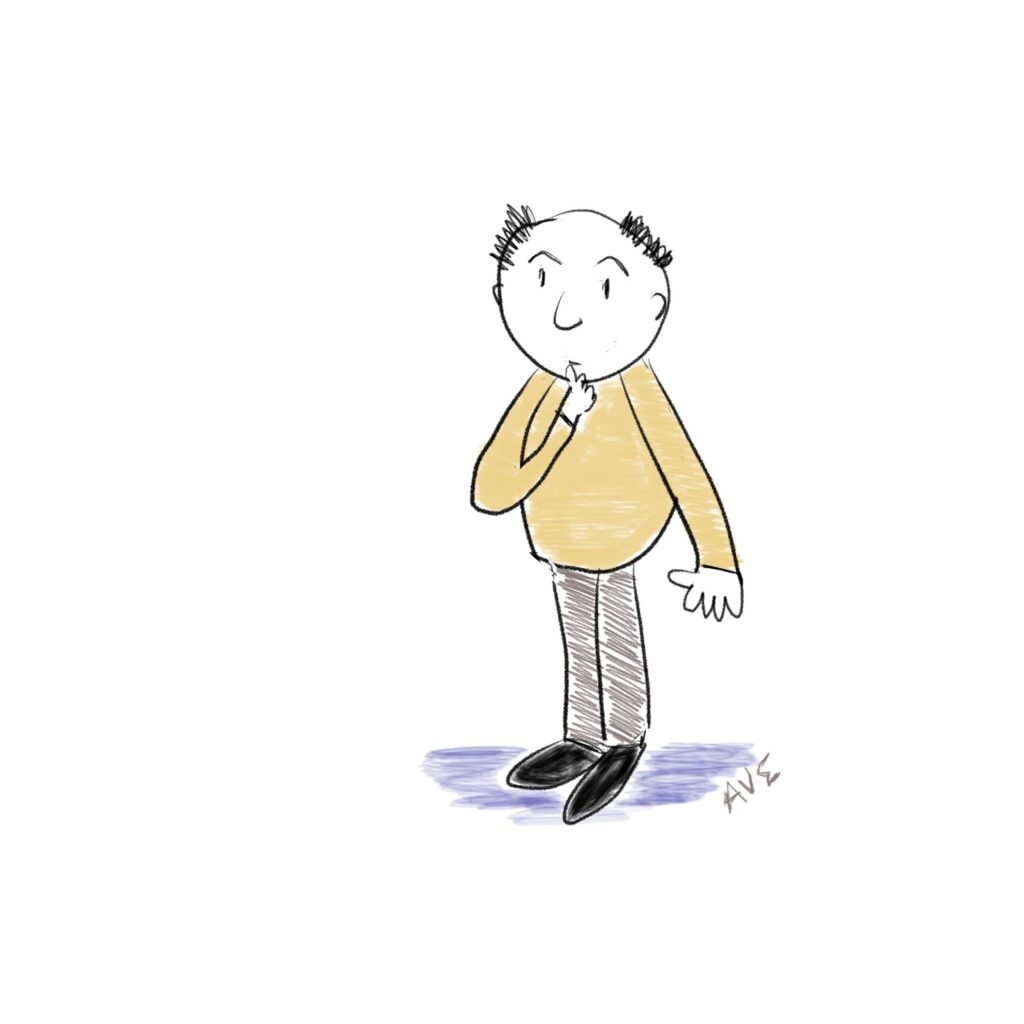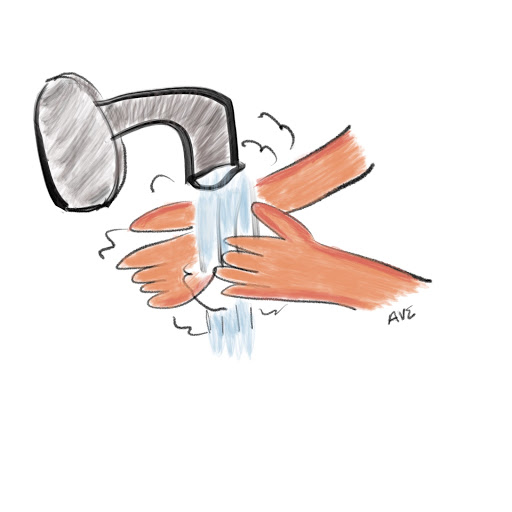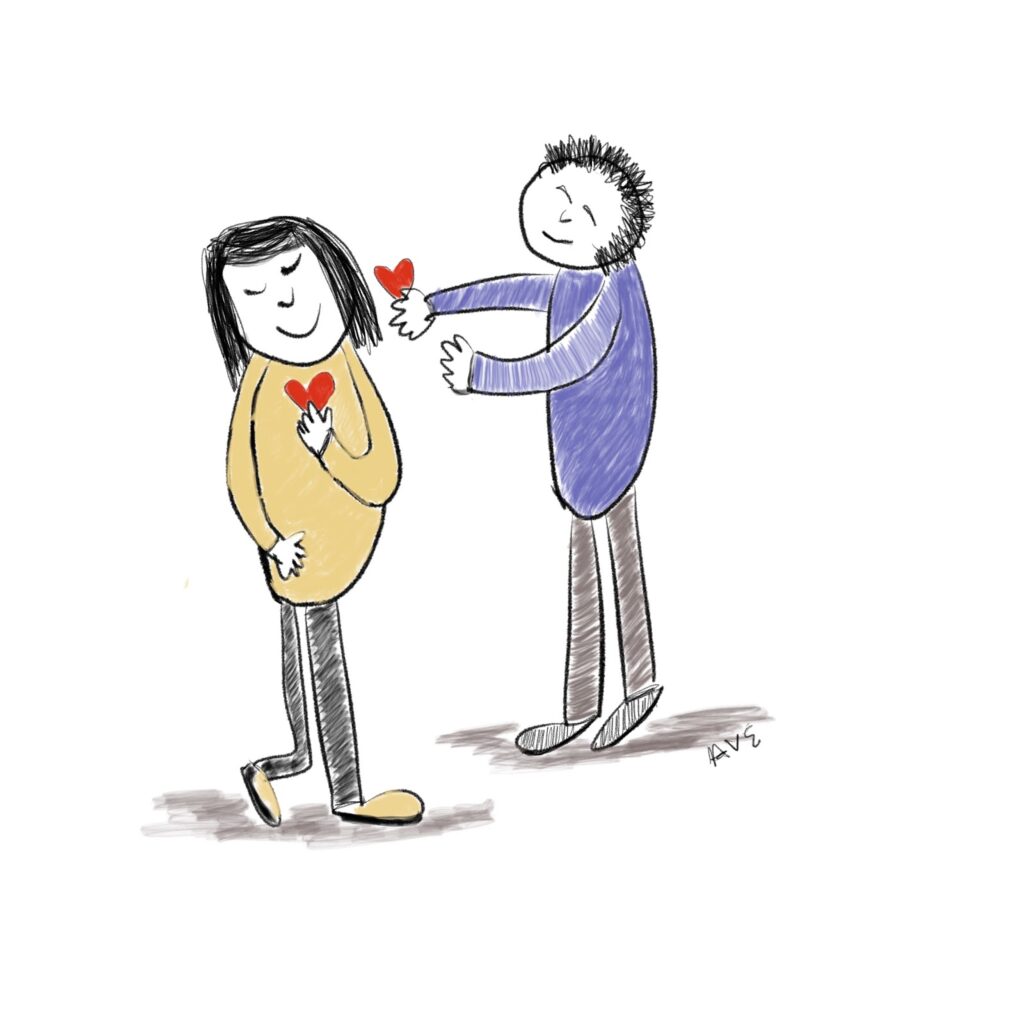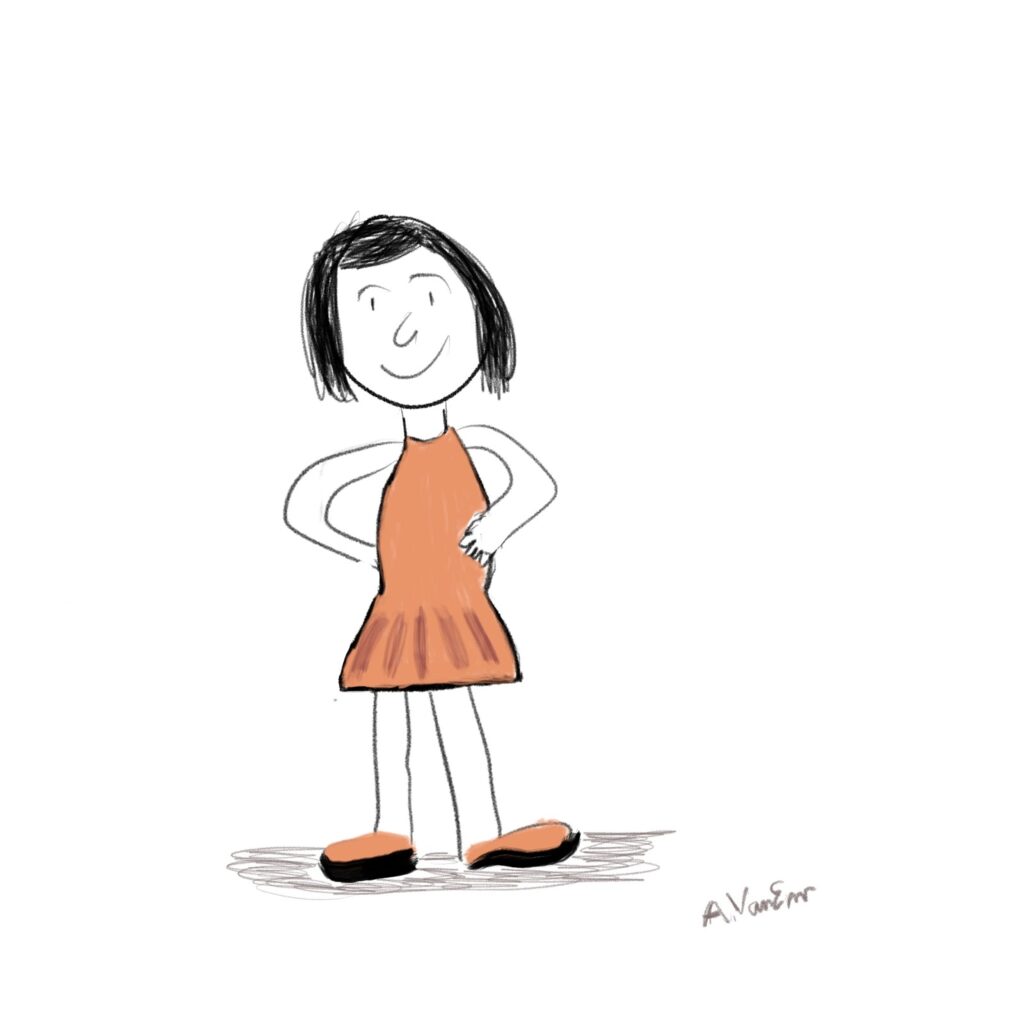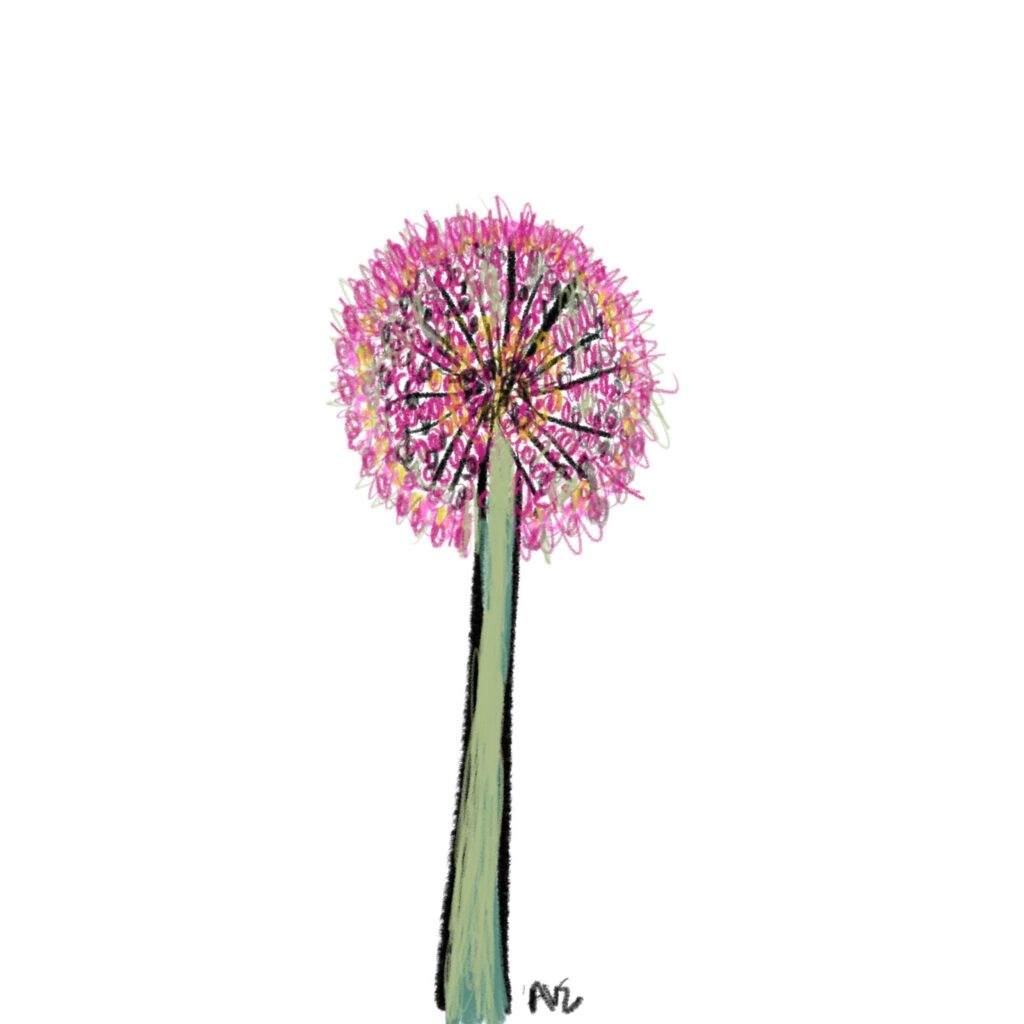
Understandably, many people I have been talking with are fearful during these uncertain times. Watching the news and updates brings anxiety and more questions. Worrying takes a lot of energy and does not change the situation. How do we calm ourselves so we can positively influence others?
A very simple practice is to first acknowledge our fear and uncertainty. You might say, “something in me… is afraid of the unknown and what I am imagining.” You are more than this thought and the truth is there’s a lot of negative circumstances and possibilities. This is “what is.” The larger part of you can hold and be with the part of you that is concerned. Just as a parent acknowledges their child’s fear, we can just be with this part. We don’t have to demand that it shape up or change or argue with it.
After we acknowledge “what is” we can simply notice our breath and as we breathe in we can say, “what is” or “world” and as we exhale say and imagine spreading peace. You can use any words that support your intention of spreading compassion, peace and kindness.
Breathe in: “What is” or “World” (imagine taking in the uncertainty, pain and negativity)
Breathe out: Peace (imagine spreading peace, compassion, kindness, light and positivity to all)
You can consciously do this simple breathing practice when you are walking, sitting, being with others, watching the news and anytime. It is also useful to be grateful for all that we have and what the world provides.
One small thing we can do is to calm ourselves, breathe and spread positivity. Notice how you feel and the impact on others around you.


